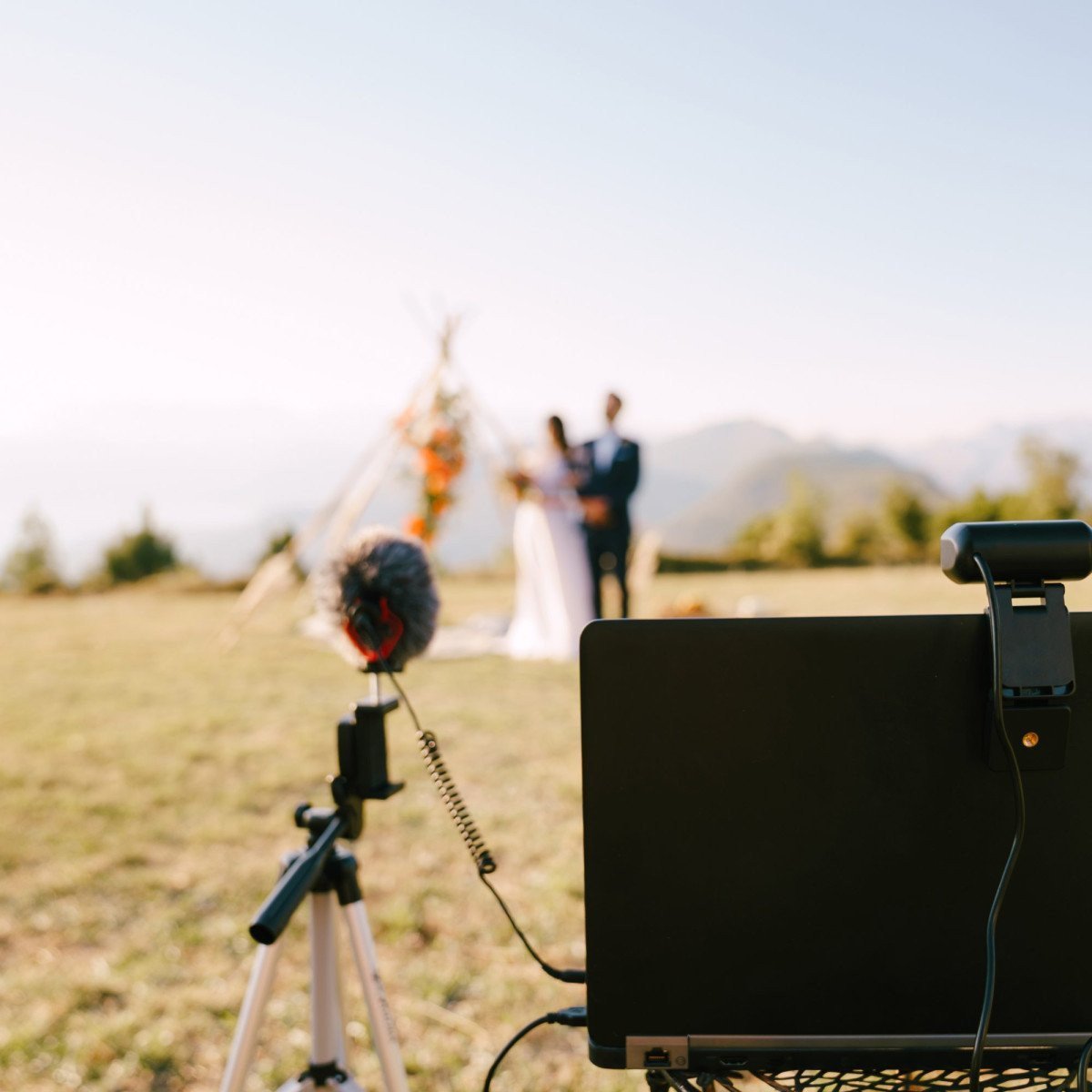Did you ever stumbled upon a camera tripod at a bustling flea market? Well, I have – in the bylanes of my hometown. There, amidst the bric-a-brac, stood a stately tripod, its sleek black legs winking at me in the afternoon sun. An amateur photographer then, I was immediately spellbound. But did that impulse buy serve me well? Unfortunately, it did last less than a handful of shoots.
You might ask, ‘Why?’ Simple! I had been blindsided by its looks, neglecting to consider some critical features key to any good tripod’s functioning. Truth be told, tripods are the unsung heroes of the photographic world. Without them, masterpieces of landscape photography, the magic of night sky timelapses, and not to forget, the charm of your go-to photography lighting techniques, wouldn’t be half as breathtaking. Surprising, isn’t it? Yet, despite their significance, a good tripod purchase can be perplexing. After all, what are the features a savvy shutterbug should look for?
Well fret not, for I’ve done that homework for you. In this article, we’ll explore the 7 key features you should consider when buying a camera tripod. So let us embark on this constructive quest of selecting the right tripod, and ensure your photographic endeavours are as crisp and steady as they deserve to be.
The Height of Matters
Believe it or not, height is a critical aspect for tripods. You’d want your tripod to reach a level at which you can comfortably shoot without hunching down. Also, a higher tripod proves beneficial when you’re shooting amid grass or over bushes. However, remember, with more height comes more instability if the build quality isn’t sturdy. So, balance is key.
Head Start: Pan, Ball, or Gimbal?
Ever heard the saying, ‘A tripod is only as effective as its head’? If not, well you just did, and it couldn’t be more correct! The type of tripod head primarily affects the fluidity of your camera movement. Pan heads offer precision, ideal for landscape and architectural photography. Ball heads provide flexibility, favoring the unpredictable world of wildlife or sports photography. Then there’s Gimbal heads, specialized for larger lenses, providing impeccable balance. Who knew a ‘head’ could offer so much, right?
Materials Matters
The choice between aluminum and carbon fiber is a classic tug-of-war. Aluminum beats carbon fiber in the price battle, but if weight and vibration resistance are your prime concerns, carbon fiber takes the cake. Your tripod material should be a strategic choice based on your shooting environment and transportation ease.
Leg Locking System: Twist or Flip?
While both types have their merits, this seemingly trivial detail can make a significant difference. Quick setup and takedown? Flip locks are your speed demon. Prefer sturdiness and reliability? Twist locks have proven their mettle.
Center Post: Yay or Nay?
A center post aids in achieving additional camera height. But, contrary to popular belief, it often lowers stability and elevates vibration. To post or not to post? That, my friends, depends entirely on your preference.
Feet Types: Ground Reality
This is where your tripod touches the base – rubber or spiked feet? Rubber is ideal for interiors, smooth surfaces, and delicate locations (think: heritage sites). Spiked feet, however, can help secure your tripod on uneven terrains. Some tripods offer convertible feet, a feature I recommend investing in if you frequently switch shooting settings.
Weight: The Burden of Choice
The load of your tripod should align with your physically comfortable threshold and gear weight. Remember, a heavier tripod can provide more stability, but it also means more weight to carry, especially on outdoor shoots.
So, there you have it, the 7 key features to consider when buying your camera tripod. In the end, the best tripod is the one that fits your specific needs and shooting style. So, is a wise tripod investment on your horizon?


0 Comment